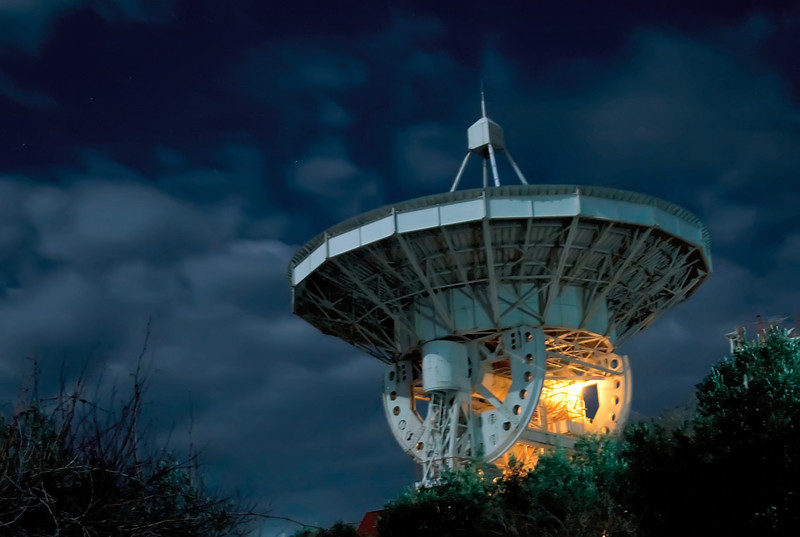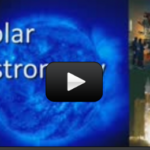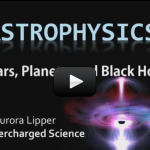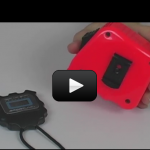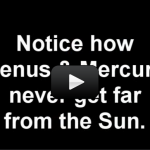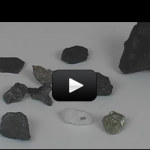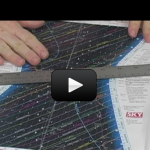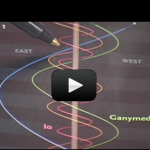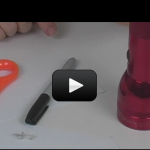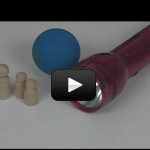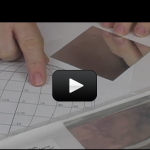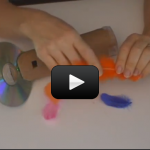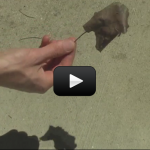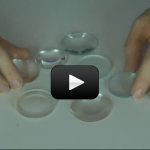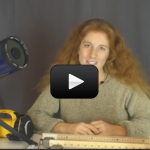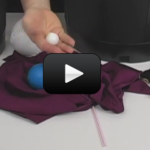Getting Started
Professional astronomers come in two varieties: observational and theoretical.
Professional observational astronomers mostly use expensive scientific instruments to look through their massive telescopes for them. They spend a lot of time measuring things, taking data, and crunching the numbers. They are very good at designing and performing experiments that answer the big questions to which no one knows the answers.
Professional theoretical astronomers think up new ideas and new models for fitting the data so that it makes sense in the field of physics. They are great at asking the big questions in the first place. Albert Einstein was a theoretical astronomer, as he hated to do experiments of any kind. Instead, he preferred to sit back and think about what might happen in the laboratory of his mind.
Here are the scientific concepts:
- The number of stars that can be seen through telescopes is dramatically greater than can be seen by the unaided eye.
- The structure and composition of the universe can be learned from the study of stars and galaxies.
- How to use astronomical units and light years as measures of distance between the sun, stars, and Earth.
- Stars are the source of light for all bright objects in outer space. The moon and planets shine by reflected sunlight, not by their own light.
- The appearance, general composition, relative position and size, and motion of objects in the solar system, including planets, planetary satellites, comets, and asteroids.
- Current detection methods of extrasolar planets.
- Galaxies are clusters of billions of stars, and may have different shapes. The Sun is one of many stars in our own Milky Way galaxy. Stars may differ in size, temperature, and color.
- Black holes are objects where the escape velocity is greater than the speed of light. They are the leftovers of a BIG star explosion. There is nothing to keep it from collapsing, so it continues to collapse forever. It becomes so small and dense that the gravitational pull is so great that light itself can’t escape.
- Gravitational lensing occurs when black holes and other massive objects bend light.
- Mass causes spacetime to curve. The amount of curvature depends on how massive the object is and your distance from the massive object.
- Patterns of the apparent motion of the sun, the moon, and stars in the sky can be observed, described, predicted, and explained with models.
- Earth and its solar system are part of the Milky Way galaxy, which is one of many galaxies in the universe.
- The solar system consists of the sun and a collection of objects, including planets, their moons, and asteroids that are held in orbit around the sun by its gravitational pull on them.
- A model of the solar system can explain eclipses of the sun and the moon. Earth’s spin axis is fixed in direction over the short term but tilted relative to its orbit around the sun.
- The seasons are a result of that tilt and are caused by the differential intensity of sunlight on different areas of Earth across the year.
By the end of the labs in this unit, students will be able to:
- Design an experiment that shown the Earth-sun-moon system and it's cyclic patterns of eclipses, lunar phases, and seasons.
- Illustrate how gravity works in the motions within galaxies and the solar system.
- Analyze and interpret data to determine properties of objects in the solar system.
- Design and build a telescope using optical equipment such as mirrors and lenses.
- Know the celestial objects in the solar system and how they relate and interact with each other.
- Understand how to determine the structure and composition of celestial objects.
- Differentiate observation from inference (interpretation) and know scientists’ explanations come partly from what they observe and partly from how they interpret their observations.
- Measure and estimate the length and volume of objects.
- Formulate and justify predictions based on cause-and-effect relationships.
- Conduct multiple trials to test a prediction and draw conclusions about the relationships between predictions and results.
- Construct and interpret graphs from measurements.
- Follow a set of written instructions for a scientific investigation.

